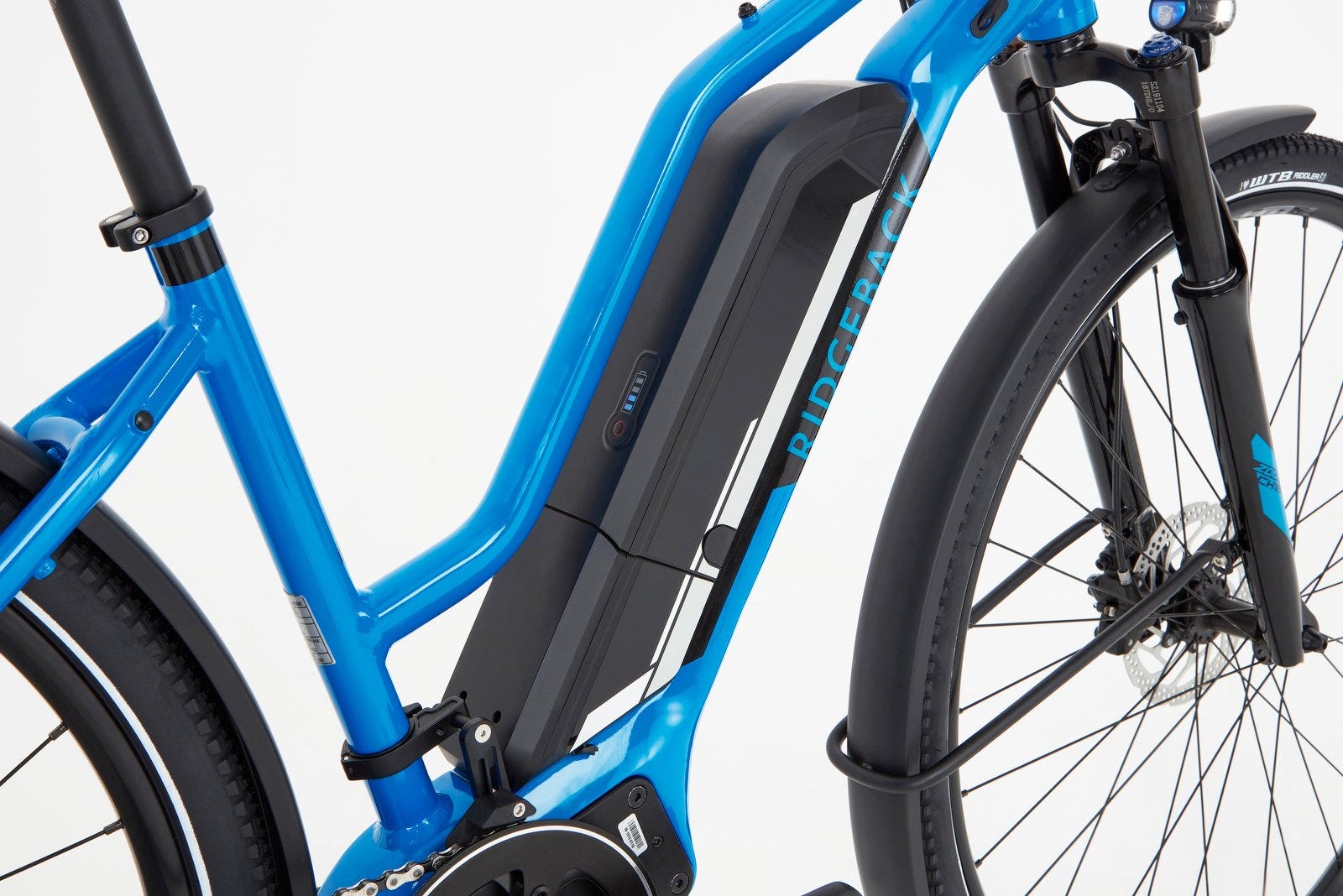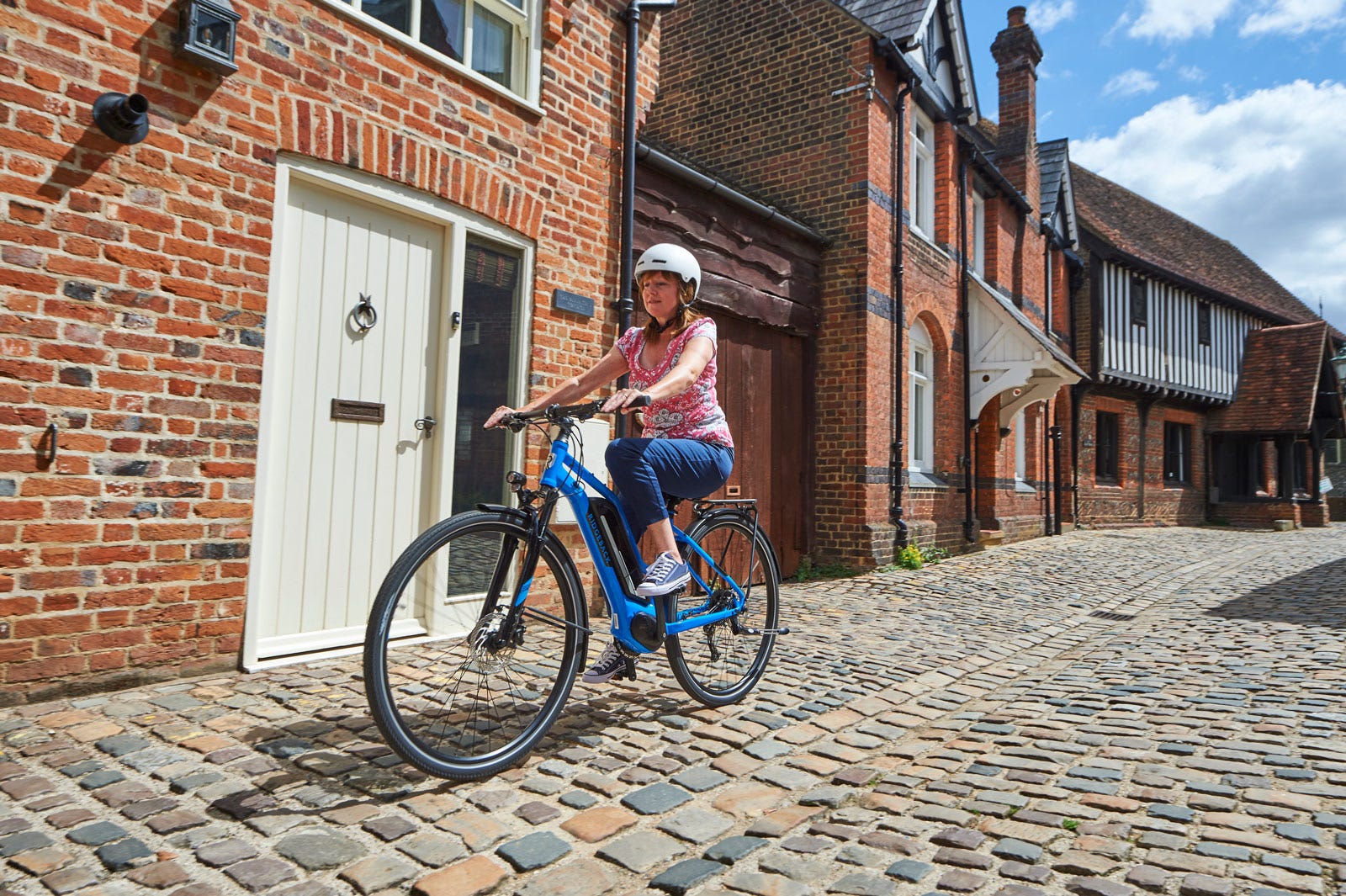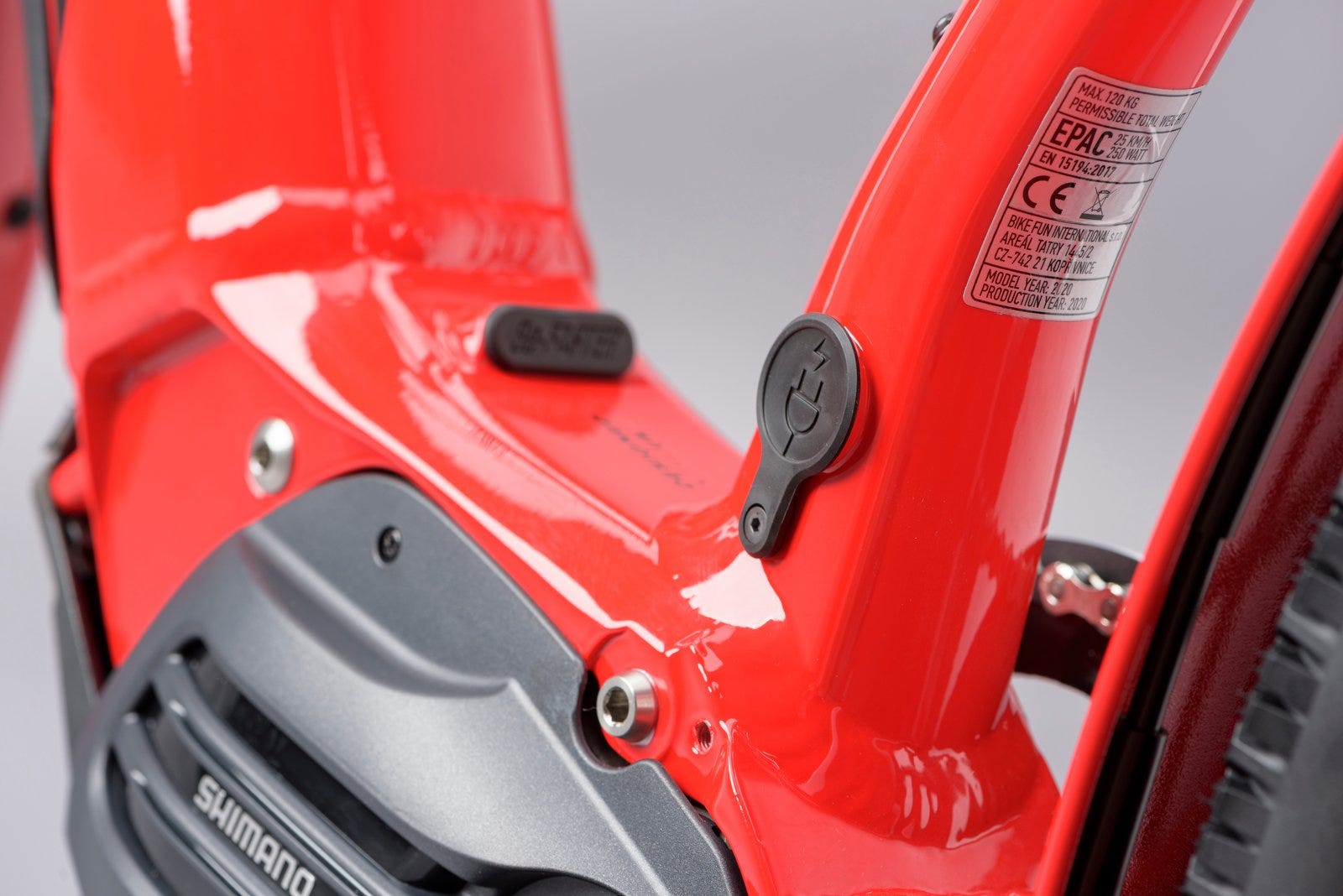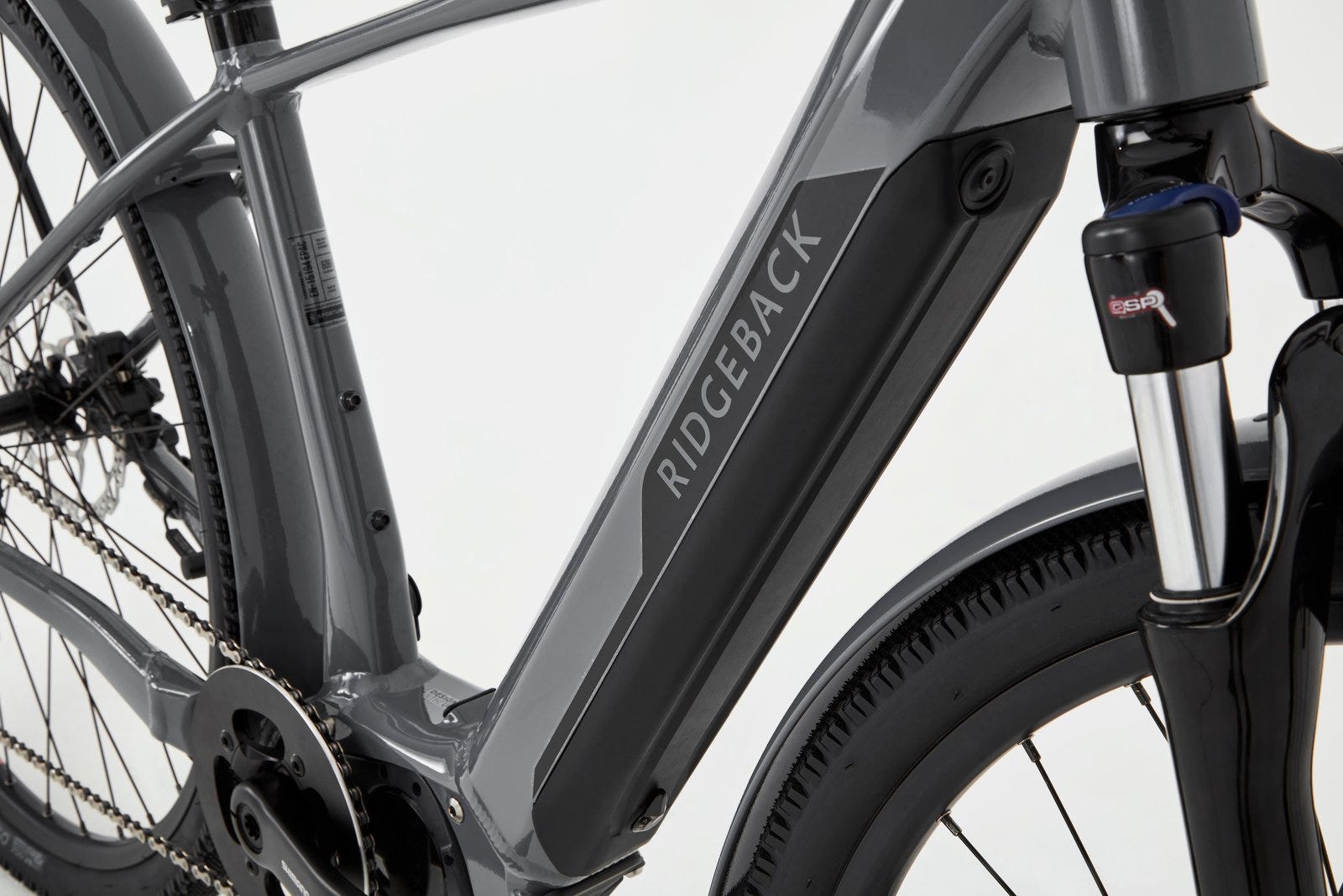Need Help? Call us on 0208 385 3440
E-Bike batteries explained
All of the Ridgeback E-Bikes run on Lithium-Ion batteries. The main benefit of a Li-Ion battery is that it provides a high capacity for its weight and size, making it ideal for use on something like an E-Bike that needs a large range but ideally without too much of a weight penalty.
Lithium-Ion batteries also have a long lifespan. In fact, Shimano claims that their STEPS batteries can last 1,000 charge cycles with no significant power loss and will retain a minimum 60% of their capacity after 1000 charge cycles. Lifespan and capacity retention will differ from manufacturer to manufacturer.
Our Ridgeback E-Bikes use a few different types of batteries.
They are:
Shimano BT-E6000 418Wh
Shimano BT-E8014 418Wh
SportDrive 313Wh
SportDrive 418Wh
Promovec 600Wh
Darfon Internal 504Wh
All of these batteries are limited to 250w of assistance in accordance with E-Bikes regulations in the UK, meaning they will assist you up to 15.5mph before the motor cuts out.

Charging
Charge time on these batteries is, of course, capacity dependent, with the smaller batteries capable of a full charge in 4hrs while the large capacity batteries can take up to 7.5hrs for a full charge.
But Li-Ion batteries don’t require you to run them down before a charge so you can top the bike up at any time without damaging the battery and that obviously means that charging won’t take as long.
While most E-Bikes will let you charge the battery while it’s still on the bike, you can also get chargers that will let you charge the battery separately. This is particularly helpful if you want to buy an additional battery so you can keep one charging while you ride the bike, and swap them out alternately.
Your Ridgeback E-Bike will come with the hardware required to charge the battery, so you don’t need to worry about buying a charging cable separately.

Range
In terms of range, that differs depending on what system you’re using. Shimano says their STEPS system can last up to 150km on a single charge, and at the other end of the scale the SportDrive M155 rear hub motor gives a 55km range when paired to a 300Wh battery.
It’s important to consider what type of riding and how far you need to go on a single charge when choosing the system for you. All of these E-Bikes have different riding modes, too, all of which affect how many miles you will get from a single charge. Riding in a more economical mode will result in greater range.
Remember also that the mechanical condition of the bike can also influence the range, so make sure that the tyres are correctly inflated and the brakes do not rub. If you are not sure of anything mechanically be sure to visit your E-bike Dealer.

Battery Care
All Li-Ion batteries will degrade over time, but there are a few things you can do to make sure that your E-Bike performs as well as it can for as long as possible.
Like all Li-Ion batteries, you’re E-Bike battery doesn’t perform well in cold conditions. Sub-zero temperatures will greatly affect the performance and range of the battery, and even if you have to leave the bike in the cold you should remove the battery if possible. It’s also a good idea to charge the battery indoors when the weather’s cold and only put it back on the bike when you’re ready to ride.
The batteries don’t deal well with hot temperatures, either, so avoid storing the bike in direct sunlight and try to park it/lock it up in the shade if possible.
Over charging can also damage the battery, so don’t leave it connected after it’s fully charged. Some more expensive batteries will have battery management systems that help to avoid over charging but it’s still good practise to avoid leaving the battery on charge for longer than needed.
Under charging can also damage a battery and we would encourage you to get in to the habit of charging the battery regularly as a battery can be damaged if left without charge for a period of time rendering it unusable in extreme cases.

